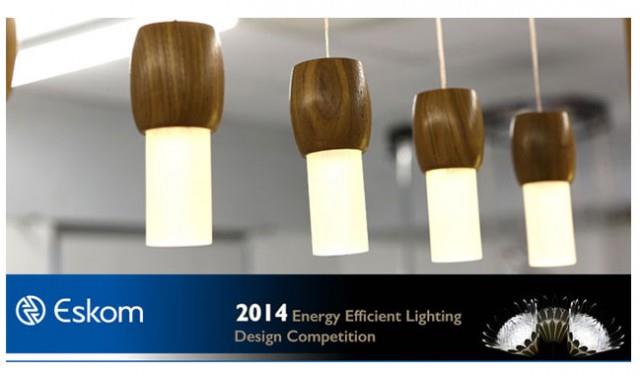The Dawn of Predictive Home Automation
For years, smart homes have promised convenience, offering automated lighting, temperature control, and entertainment systems. But the true potential lies not just in reacting to your commands, but in anticipating your needs. This is the exciting frontier of home automation: a home that learns your habits, preferences, and even anticipates your desires before you even articulate them.
Learning Your Rhythms: AI at the Heart of the Home
The key ingredient in this predictive smart home is artificial intelligence (AI). Sophisticated algorithms analyze your daily routines, tracking your wake-up times, preferred lighting levels, typical energy consumption patterns, and even your calendar entries. This data forms the basis for the home’s predictive capabilities. The system doesn’t just follow your instructions; it learns from them, constantly refining its understanding of your preferences and adapting to your changing lifestyle.
Proactive Energy Management: Saving Money and the Planet
One area where predictive technology truly shines is energy management. By learning your energy consumption patterns, the smart home can optimize heating, cooling, and appliance usage to minimize waste. It might pre-heat your home in the morning only when you’re actually awake or adjust the thermostat based on anticipated occupancy. This not only saves you money on your energy bills but also contributes to a smaller carbon footprint.
Personalized Comfort: Tailoring the Environment to Your Mood
Imagine a home that adjusts the lighting, temperature, and even the music to match your mood. A predictive smart home can achieve this by analyzing your activity levels, sleep patterns, and even your emotional state (if you choose to share this data). Feeling stressed? The system might dim the lights, play calming music, and adjust the temperature to a soothing level. Feeling energetic? It could brighten the room, play upbeat tunes, and even subtly increase the ambient temperature.
Security Enhancements: Predictive Threat Detection
Beyond comfort, predictive technology enhances security. The system can learn your usual routines and identify deviations that might indicate a potential threat. For instance, if it detects unusual activity outside your home at an atypical time, it could send you an alert or even automatically engage security measures. This proactive approach moves beyond simple motion detection to a more sophisticated understanding of potential risks.
Seamless Integration: The Connected Ecosystem
A truly predictive smart home requires seamless integration between all its devices and systems. This means smart appliances, security systems, lighting, entertainment, and even your personal devices need to communicate and share data effectively. This interconnectedness is crucial for creating a holistic experience where the home anticipates your needs across various aspects of your life, offering a cohesive and effortless user experience.
Privacy Concerns: Data Security and Transparency
While the benefits of predictive smart homes are significant, it’s crucial to address the privacy concerns that arise from the collection and analysis of personal data. Transparency is key: users should have complete control over the data collected, the ability to access and modify it, and clear understanding of how it’s being used. Robust security




